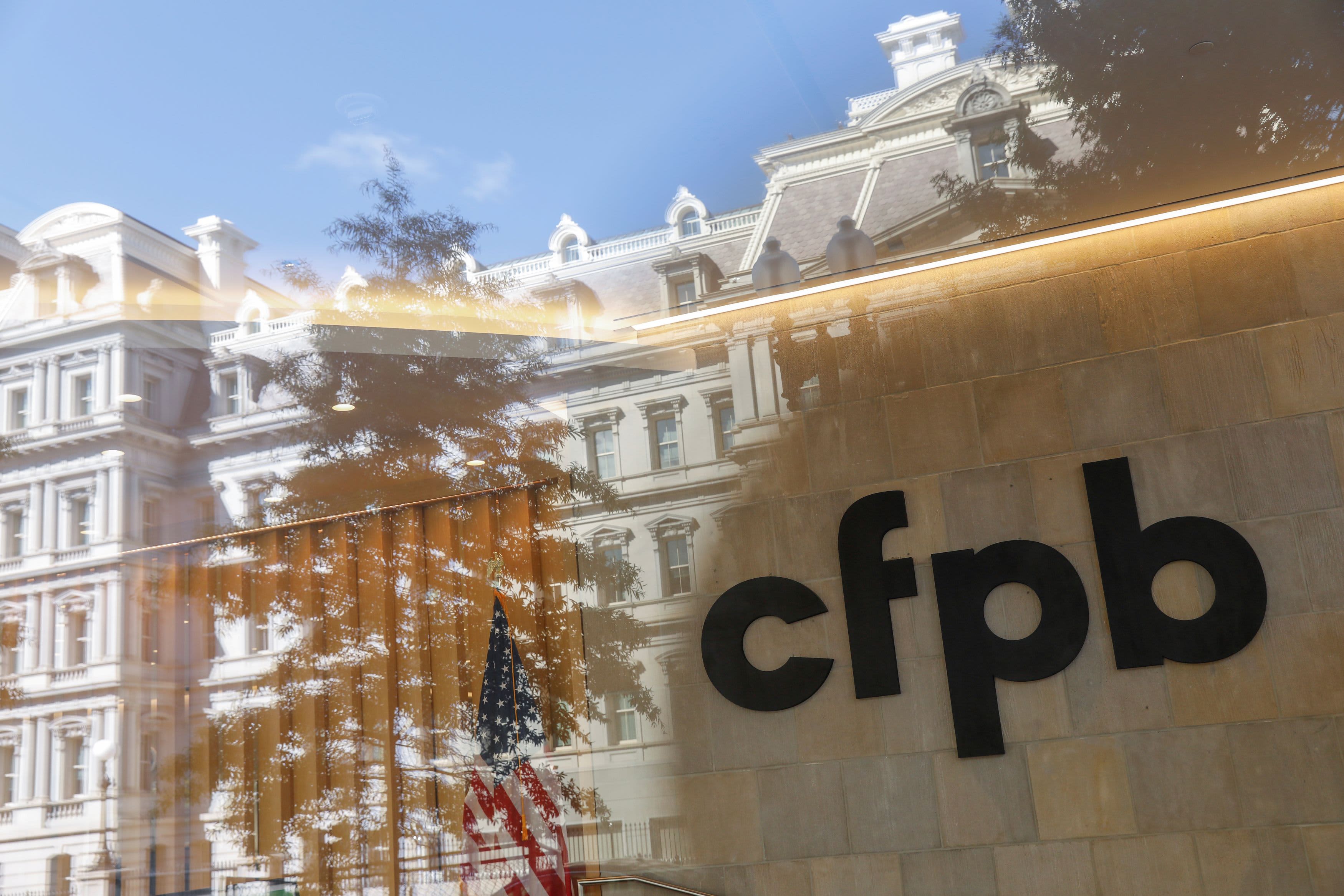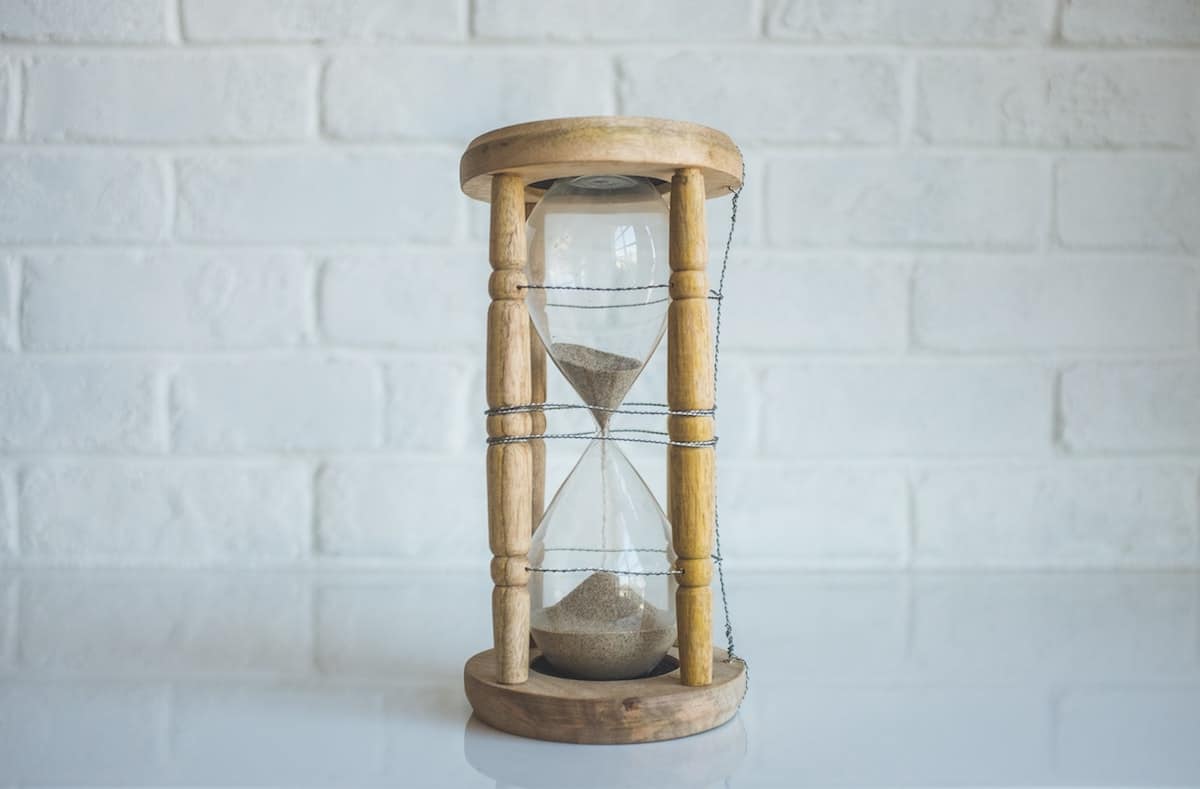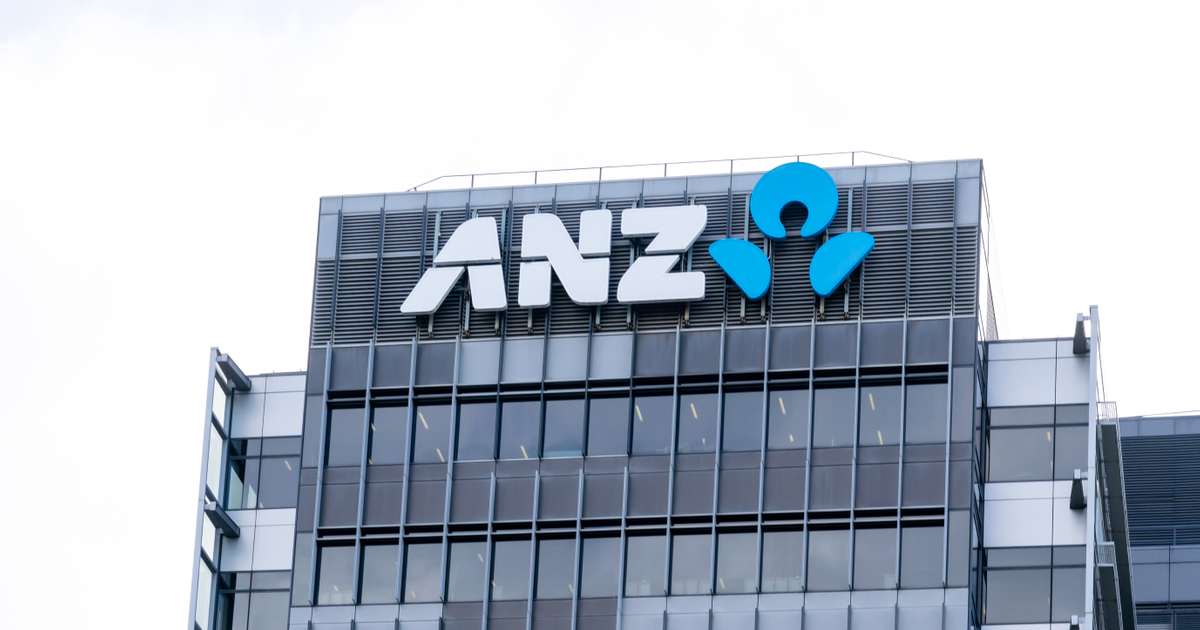CFPB beefs up protections for struggling homeowners, but will not ban foreclosures
CFPB won't ban foreclosures this year, but plans to set up additional safeguards to ensure a measured process after forbearance programs end.

About 2 million homeowners are still in some type of mortgage forbearance amid the health and financial fallout brought on by the Covid-19 pandemic. While the U.S. government extended the foreclosure moratorium through July 31, the Consumer Financial Protection Bureau isn't planning to put any further bans on foreclosures in place.
Instead, to help homeowners who are behind on their mortgages and facing the end of their forbearance programs, the CFPB on Monday finalized a new rule that will establish three main safeguards that loan servicers will need to undertake before starting any foreclosure process. The new rule will go into effect on August 31, 2021.
The CFPB will put the following protections into place for borrowers who are more than 120 days behind on their mortgage payments to ensure that they have the opportunity and the time to avoid foreclosure:
Before any foreclosure can start, a loss mitigation application must be completed and submitted by the borrower and thoroughly reviewed by the loan servicer. If borrowers are still unable to make payments after exhausting the foreclosure avoidance options, the foreclosure process will be able to proceed.Loan servicers need to confirm that a property is abandoned under local and state laws before starting foreclosure proceedings.Loan servicers need to make reasonable effort to reach borrowers before starting any foreclosure proceedings. If the homeowner is more than four months behind on their rent and unresponsive for more than 90 days, then the process can move forward.For those who are behind on their mortgage, the CFPB stipulates that loan servicers need to give homeowners at least three options to avoid losing their home: resume regular payments and move any missed or suspended payments to the end of the mortgage, modify the loan's length or interest rate or sell the home.
These new safeguards, which are designed to take place before foreclosure proceedings start, will be in effect from August 31, 2021 to January 1, 2022 and are in addition to existing rules that bar loan servicers from starting the foreclosure process until a homeowner is more than 120 days delinquent on their home loan.
As long as loan servicers follow these new protocols, the CFPB's rule will not block servicers from starting the foreclosure process. "Let me be clear: our final rule does not impose a foreclosure moratorium," CFPB Acting Director Dave Uejio said on a call Monday.
Foreclosures will be able to resume after the federal foreclosure mortarium ends and will likely start with abandoned homes and mortgages that were already 120 days behind on their payments as of March 1, 2020.
"A measured return to foreclosures will allow those families who can resume making payments to do so without being caught up in an unthinking rush to foreclosure," Uejio says.
Many of the current forbearance programs were set up in the CARES Act last year and apply to federally-backed loans offered through agencies including Fannie Mae, Freddie Mac, the Federal Housing Administration and the Department of Housing and Urban Development. Private lenders and servicers also set up their own forbearance programs. The CFPB's proposed rule would cover all homeowners' primary residences, including those with mortgages through private lenders, such as banks.
Fannie Mae, Freddie Mac, the Department of Veterans Affairs (VA), the Department of Agriculture (USDA) and the FHA announced that they were expanding their forbearance programs for up to 18 months. For homeowners who requested enrollment in March and April 2020, those programs will expire in September and October 2021.
In addition to the new safeguards, the CFPB is also proposing a streamlined loan modification process, which typically allows homeowners to apply to have their loan interest rate reduced, extend the term of their loan and/or reduce their monthly payments.
The streamlined process would allow servicers to offer some loan modification options based on incomplete applications. Normally, borrowers need to submit myriad documents — including proof of income, such as pay stubs, tax returns and recent bank statements — before a servicer can make a decision. Streamlining the process would allow servicers to get homeowners into less burdensome payments faster, the CFPB says.
"In this financially difficult time, the consumer bureau's rule equips homeowners with key protections and helps to prevent unnecessary foreclosures. The rule creates a pathway for homeowners and servicers to arrange loan modifications to help keep people in their homes," Melissa Stegman, senior policy counsel with the Center for Responsible Lending said in a statement Monday.
Sign up now: Get smarter about your money and career with our weekly newsletter
Don't miss: The top 1% of Americans have about 16 times more wealth than the bottom 50%

 ValVades
ValVades 

























.jpg&h=630&w=1200&q=100&v=6e07dc5773&c=1)






